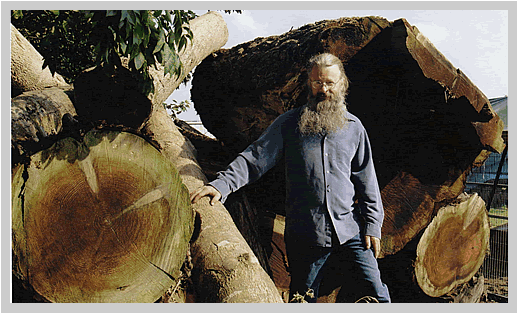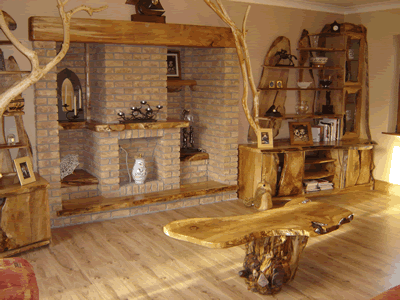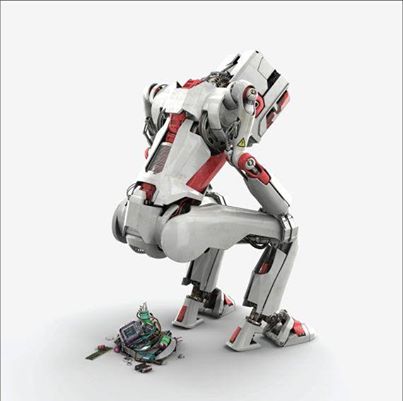Brendan Palmer February 13th 2014
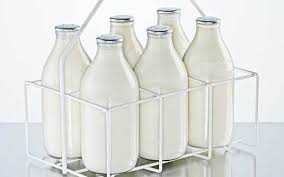 From time to time we hear nostalgic regrets about the demise of the lowly milk bottle, the clink of the glass in the early morning, the washing of the bottles and putting them outside the door, as the last daily action before retiring for the night, a daily ritual that has been promoted as the ultimate in environmentally friendly consumption.
From time to time we hear nostalgic regrets about the demise of the lowly milk bottle, the clink of the glass in the early morning, the washing of the bottles and putting them outside the door, as the last daily action before retiring for the night, a daily ritual that has been promoted as the ultimate in environmentally friendly consumption.
Or is it? The following numbers relate to large movements of milk using trucks capable of a 24 tonne payload.
To move 23,500 litres of milk using Tetra Pac Cartons or plastic bottles means transporting a total of 24 tonnes. 23.5 tonnes of outward payload (Milk) and 500kg of packaging, . This packaging can be recycled in our green recycling bins
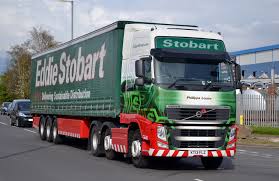 To deliver 23,500 litres of milk using glass bottles, each bottle weighing 0.35kg and containing a half litre of milk (1 pint), would mean an outward payload of 49,950kg (49.9t) and a return payload of 16,450kg (16.5t) of empty glass. We now need two trucks to do the delivery (if we are limited to 24 tonnes per truck, we can’t deliver all the milk) To simplify the calculation let’s just send an extra 24 tonne truck along with the delivery and then have it collect the empty glass for return to the refilling plant.
To deliver 23,500 litres of milk using glass bottles, each bottle weighing 0.35kg and containing a half litre of milk (1 pint), would mean an outward payload of 49,950kg (49.9t) and a return payload of 16,450kg (16.5t) of empty glass. We now need two trucks to do the delivery (if we are limited to 24 tonnes per truck, we can’t deliver all the milk) To simplify the calculation let’s just send an extra 24 tonne truck along with the delivery and then have it collect the empty glass for return to the refilling plant.
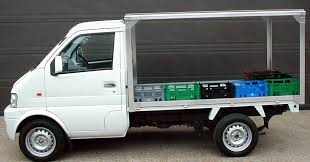 The above of course only gets the milk to the distribution warehouse or supermarket, the extra 16.5 tonnes of glass then has to be transported (although in smaller lots , milk floats etc) to the end user and back again, once they have used the milk.
The above of course only gets the milk to the distribution warehouse or supermarket, the extra 16.5 tonnes of glass then has to be transported (although in smaller lots , milk floats etc) to the end user and back again, once they have used the milk.
Once the glass is returned to the refilling plant, it must first be sent to a washing and testing line to be examined for contaminants or cracks and then transported to the filling lines.
Again for simplicities sake let’s just assume that the milk bottle moves four times for each usage. So for each pint of milk consumed we move 1.4 kg of glass.( 0.35kg per bottle X four movements.)
If each person in Ireland consumed 1 pint of milk per day there would be a need to transport 5600 (Five thousand Six Hundred) tonnes of glass about the place every day
To transport 2 million litres of milk in cartons or plastic bottles requires 50 tonnes of recyclable packaging
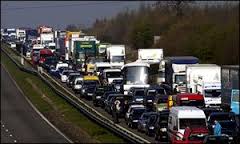 In the UK it would be 80,000 (Eighty Thousand) tonnes of glass per day which would be about 3,500 extra large truck movements per day
In the UK it would be 80,000 (Eighty Thousand) tonnes of glass per day which would be about 3,500 extra large truck movements per day
Apart from the economic cost of moving all this extra weight around, perhaps the environmental consequences require that the lowly milk bottle be left consigned to nostalgia and the happy times when ignorance was bliss
Back-up numbers
Weight of 1 milk bottle = 0.35 kg
Weight of Plastic or Tetra Pak carton= 0.025kg
Weight of one litre of milk= 1kg
